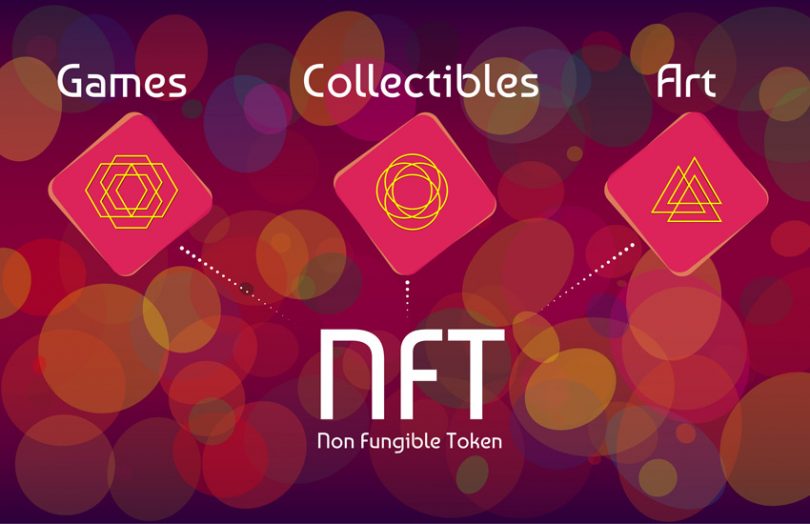Yesterday Christie’s unveiled the winner of the $69 million NFT Art auction of Beeple’s First 5000 Days. The buyer goes by the pseudonym of Metakovan, and is the financial backer of a nonfungible token (NFT) investment fund Metapurse.
For those unfamiliar with nonfungible tokens, they use blockchain to enable someone to purchase an authentic right in something unique, whether that’s art, virtual property in a game or a sports collectible. However, the authenticity only works if you’re confident it was the artist that issued the token rather than a fraudster.
In terms of the Christie’s auction, the artist Mike Winkelmann (Beeple) auctioned off a collage of art he created every day for 5000 days and it looks like the crypto crowd dominated the auction.
Another crypto player Justin Sun acknowledged making the second highest bid. There were 33 bidders, of whom 30 had never participated in a Christie’s auction before. And 64% of bidders were less than 40 years old.
The buyer, Metakovan, says he’s an alumnus of startup accelerator Y-Combinator, has been in the cryptocurrency space since 2013 and is a DeFi ‘original gangster’ OG. It doesn’t take long to realise that the Metapurse fund has a crypto token B20 and Twitter users accused the Beeple purchase of being a publicity stunt to pump the token, which rose more than 60% after the announcement.
And there was a fair bit of hype in Metakovan’s announcement. “This is the crown jewel, the most valuable piece of art for this generation. It is worth $1 billion,” said Metakovan.
But taking a look at the Beeple First 5000 Days, what exactly was purchased?
We know that NFTs don’t prevent other people looking at the art. But what ownership is being transferred with the NFT? It’s essentially a collage of 5000 pieces of art.
But at the start of the Christie’s auction, Beeple also released 105 editions of “5000 Days Selects” – a subset of 333 works from the same collection on MakersPlace. And the price was $1, although some have been re-sold for more than $100,000.
And of course, Beeple can still sell each piece of art individually. This is where digital art is so fundamentally different from physical art. And the risk of value dilution by slicing and dicing a collection too many times is enormous. That’s not a criticism of Beeple. NFTs are still currently in the discovery phase, and over time the art community may arrive at a formula that preserves value. However, for now, caveat emptor.
Stepping back, you have to credit Beeple, the artist Mike Winkelmann for getting his timing perfectly right. With Bitcoin near all-time highs and the NFT space exploding after NBA Top Shot‘s popularity, the crypto sector is awash with cash and bravado.
But it’s not like Beeple came out of nowhere. After all, the $69 million collection represents 13 years of work. And he’s spent the last five years building a following on social media. His website lists work for entertainers such as Justin Bieber and Eminem as well as brands like Louis Vuitton, Apple, Pepsi and Coke.
So while NFTs are seen as a way to get rich quick, and for Beeple his wealth rose massively overnight, most artists can’t boast 5,000 works to their name.






